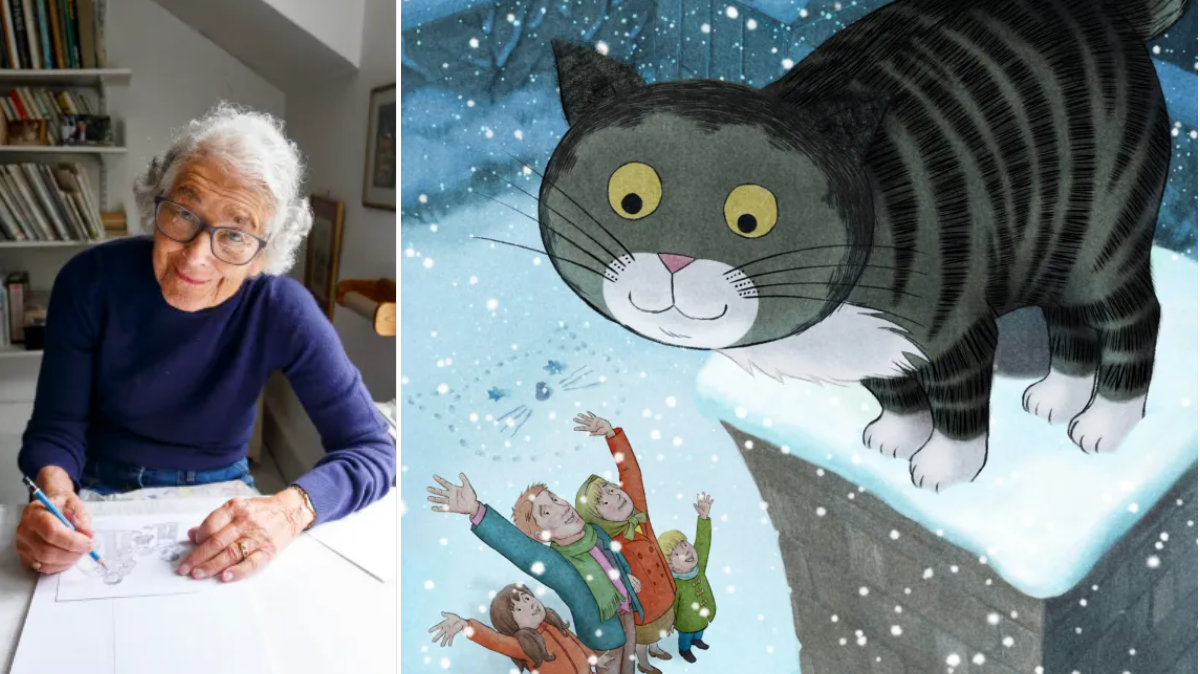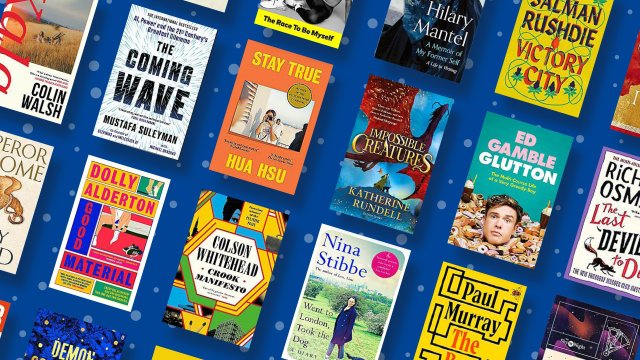Channel 4’s animation of Mog’s Christmas – a gem of a film, which seems destined to become a seasonal classic – captures my mother Judith Kerr’s 1976 book with great faithfulness.
Ingeniously, it manages to extend a 32-page picture book into a 22-minute film featuring the voices of Benedict Cumberbatch and Claire Foy, while scrupulously keeping to the story and spirit of the original, in which Mog – who was based on our first family cat – takes refuge on the roof and refuses to be coaxed down after being spooked by the Thomas family’s Christmas preparations.
But this leads us to another question. How faithful was my mother’s book to reality? The series was inspired, after all, by her life with my father, sister and me in south-west London. And what were Mog’s Christmases really like?
My childhood Christmases were a lot smaller and quieter than the version fictionalised by my mother, who died in 2019. On alternate years we were joined by my Manx grandmother, but there were no eccentric aunts or jolly uncles. Though my parents had their share of close friends, they were not especially sociable and were happy to exist in their world of two – plus my sister Tacy and me.
This was a good thing for our cats. For much of my childhood we had three, of whom our own Mog was very much the senior. With no bustle to distract attention from them, they occupied the centre of our world, and were frequently the focus of our conversation.
This state of affairs was very helpful for my mother’s books as it meant that, as was true of all of us, her eyes were forever on the cats, observing their ways.
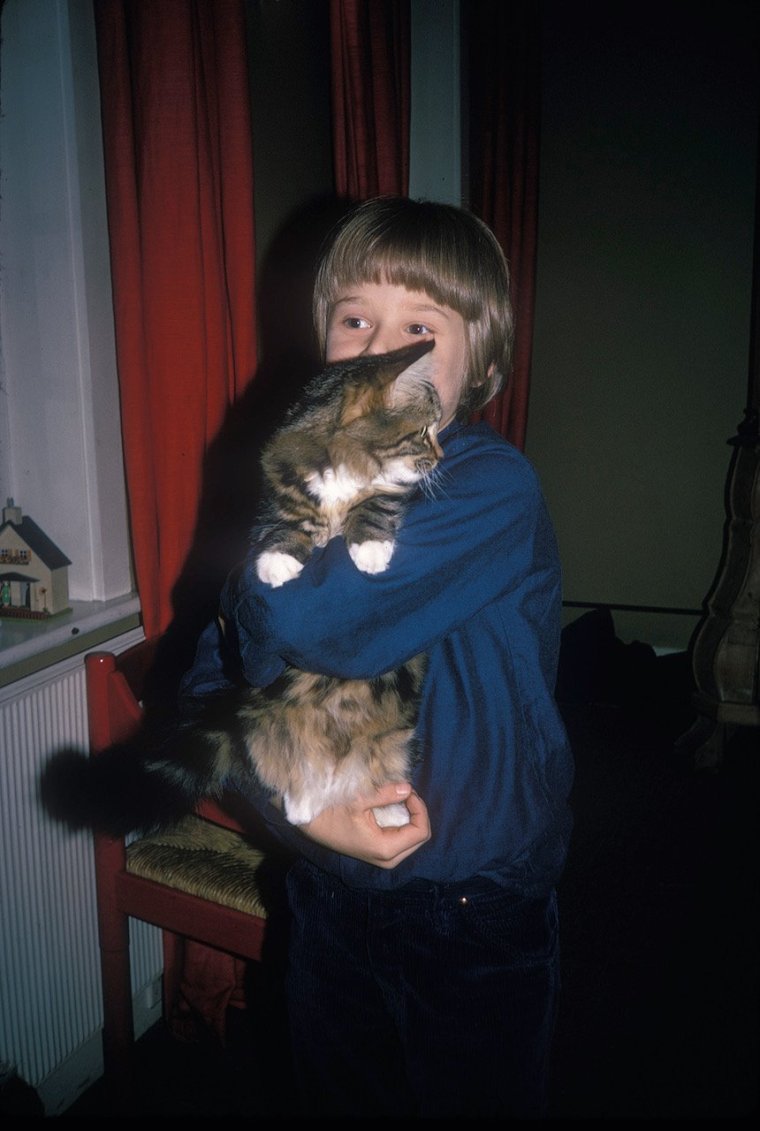
Our Christmases also had a little more of a sense of stress than the one enjoyed by the Thomas family. My mother, having grown up in boarding houses and cheap hotels in Paris, Belgium and London, after she and my grandparents fled the Nazis in Germany, had had little chance to learn how to cook. Nor was she terribly interested; she would far rather spend her time drawing cats and tigers.
I sensed she felt a little uneasy at her lack of domesticity, and she regarded with awe parents who were effortlessly able to entertain and conjure up meals.
The thought of preparing Christmas lunch was always a source of anxiety for her – and also sleeplessness: she would put the turkey in the oven in the early hours of the morning. I saw my parents’ relief when the presents had all been opened, the core of Christmas had passed and they would crack open a bottle of bubbly.
And yet, despite her self-doubt, our mother gave us beautiful Christmases. She had fully adapted to the English tradition of celebrating on the morning of the 25th, rather than on Christmas Eve, which she had known growing up in Germany.
She had no need to adapt to a tree as, though her parents were Jewish, her father was a non-believer and her mother’s family had converted to Christianity, and her childhood Christmases, though ideologically vague, had always included a tree.
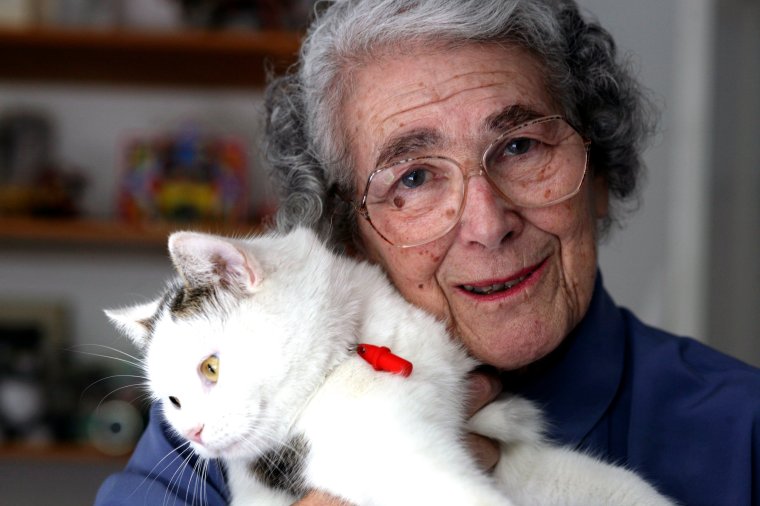
She and my father were both good gift choosers, and, for Tacy and me, there was the magic of waking up and finding a stocking hanging from the end of the bed – actually a pair of my father’s old socks, suspended from a ribbon sewn onto them – filled with tangerines, chocolate, sugar mice with string tails, and small toys to unwrap.
Even our Christmas meals, for all my mother’s stress, generally turned out well (though they always entailed a brief delay).
My father who, with my sister, was the most cat-obsessed in the family, would carve choice parts of the turkey and place them on three saucers, to be devoured noisily by Mog and the other cats at the far end of the dining table, while the rest of us waited our turn.
My father was in charge of the cats’ gifts. These were toy mice with catnip inside them and were short-lived, as the cats would tear them apart in a frenzy. While the other two cats would devour their catnip, Mog would hurtle around the house, scattering hers.
In some ways Mog was rather different from her fictional self. She was more slender, and also cleverer. If she looked through one window and saw it was raining, she would go to the other side of the house and check another, which may not sound very bright, but is supposedly a sign of cat intelligence.
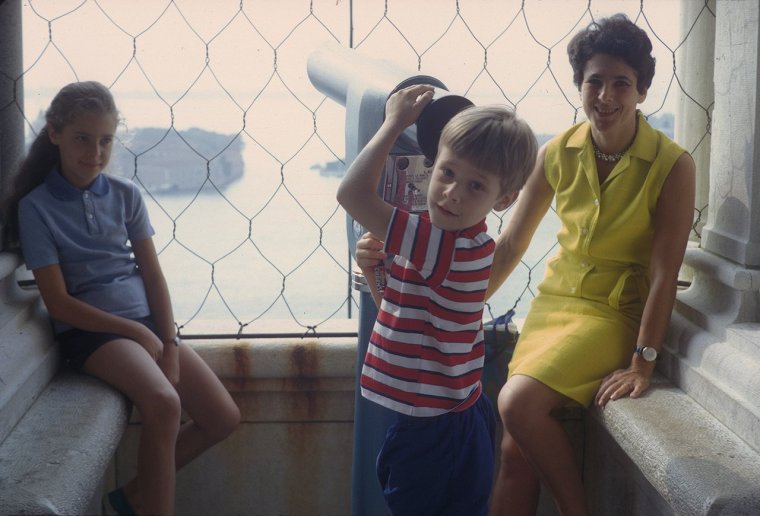
But in terms of her nature and outlook, our Mog was very like the Mog of my mother’s books. Like most cats, she was a control freak, intensely conservative and she loathed change or unexpectedness of any kind. This made Christmas an especially fraught time for her, as she looked on, increasingly troubled, as we became increasingly excited, and the house became filled with alien things, such as decorations, presents and a tree.
My mother observed Mog and imagined the world through her eyes. Many of the stories she devised sprang from Mog’s chief dilemma: how to make sense of the strange world she lived in, that ran on the logic not of cats, but humans.
Unlike some other children’s books about pets, my mother’s books were not actually about people, represented as speaking animals, but were based on something tangibly true – a cat’s view of the world. That has doubtless played a part in their enduring appeal over the years.
One of the cast of the new Channel 4 production, the actor and writer of children’s books Charlie Higson, offered another insight as to why the Mog stories have remained so popular across generations. Young readers identify with Mog, he suggested, because like her they are also struggling to make sense of a world made by others – adults.
Children can also find comfort in Mog’s travails because, however frustrating they may find life – being told off for unsuspected infringements – they see that they are at least better informed than poor Mog, who is troubled by Christmas decorations and trees that seem to walk.

As well as perfectly capturing Mog’s many trials, the animation also portrays, in sharpest detail, the era when Mog lived, and when I grew up. Minutiae of suburban London at that time are beautifully observed, from early 1970s cars and a number 72 Routemaster bus, to a fleeting glimpse on multiple television screens in a shop window of Eric and Ernie, aka Morecambe and Wise, dancing into the distance.
There are also ingenious references to my mother’s other work. When Mr Thomas and his children set out to buy a Christmas tree and stride past a cafe, sharp eyes may notice that sitting inside is the family from The Tiger Who Came to Tea.
The most powerful moment of the film is, for me, a tiny one. It’s when the Thomas children, Debbie and Nicky – fictional versions of my sister and me – open the curtains and look out in wonder at falling snow outside.
When I saw this scene, a slight shiver went down my spine. I could remember the exact feeling of being in a warm room, then stepping behind the curtains into air that was chilly from the windows, and where I watched, in amazement, swirling snowflakes.
The film will certainly delight young viewers, but I suspect it will also bring great pleasure to those a couple of generations older, as they find themselves transported back across the years to the Christmases of their childhoods.
Mog’s Christmas will be broadcast Channel 4 on Christmas Eve at 7.45pm
